Marinara Sauce: More Than Just Tomato Dip
If you thought marinara was just that red stuff you dip your mozzarella sticks in, prepare to have your taste buds awakened. This humble sauce has traveled across continents, picked up exotic spices, and evolved into a culinary icon.
Table of Contents
- A Spicy History Lesson
- What’s in Your Marinara?
- Marinara Around the World
- Pro Tips for Perfecting Your Sauce
- Pairing Perfection: What Goes Well with Marinara?
- Marinara Myths Busted!
- Conclusion: The Spicy Legacy of Marinara
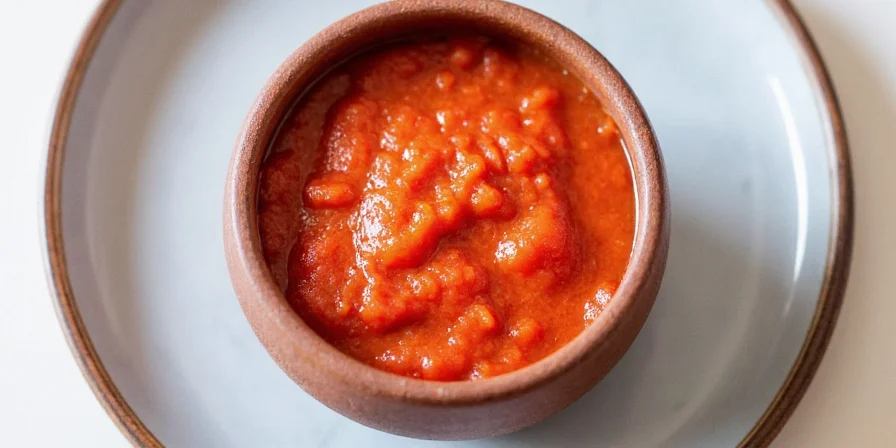
A Spicy History Lesson: From Sea to Spice
The word “marinara” translates to “sailor-style,” and it’s believed the sauce got its name because it was commonly made aboard ships where ingredients had to be simple and shelf-stable. But the true roots of marinara are far more interesting — a blend of Old World technique and New World ingredients.
Tomatoes came from the Americas, while garlic and olive oil were staples of Mediterranean cooking. Add some crushed red pepper flakes (the real MVP of spice), and voilà — you’ve got a sauce born out of trade, travel, and taste.
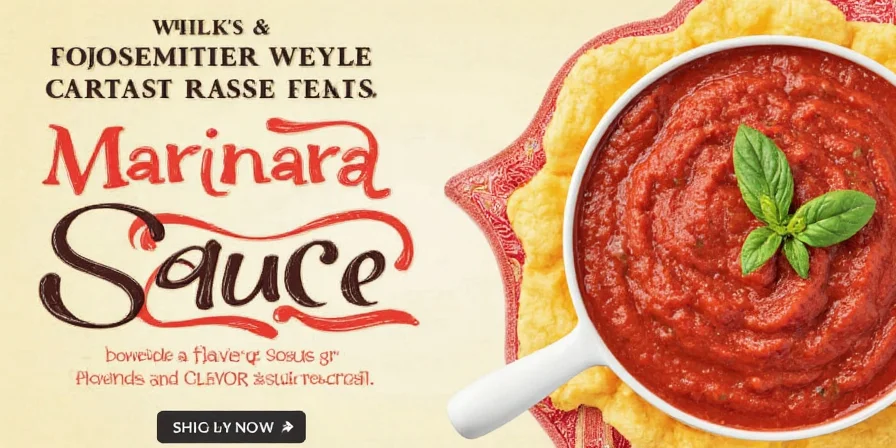
What’s in Your Marinara? Let’s Break It Down
Classic marinara is deceptively simple:
- Fresh or canned tomatoes
- Garlic
- Olive oil
- Salt
- Crushed red pepper flakes (optional but recommended)
But let’s not forget the hidden hero — time. Low-and-slow simmering transforms this basic lineup into something extraordinary.
| Ingredient | Traditional Use | Modern Twist |
|---|---|---|
| Tomatoes | San Marzano or Roma | Smoked heirloom or sun-dried blends |
| Garlic | Whole cloves, lightly sautéed | Minced raw or roasted for sweetness |
| Oil | Extra virgin olive oil | Avocado or sesame for fusion flair |
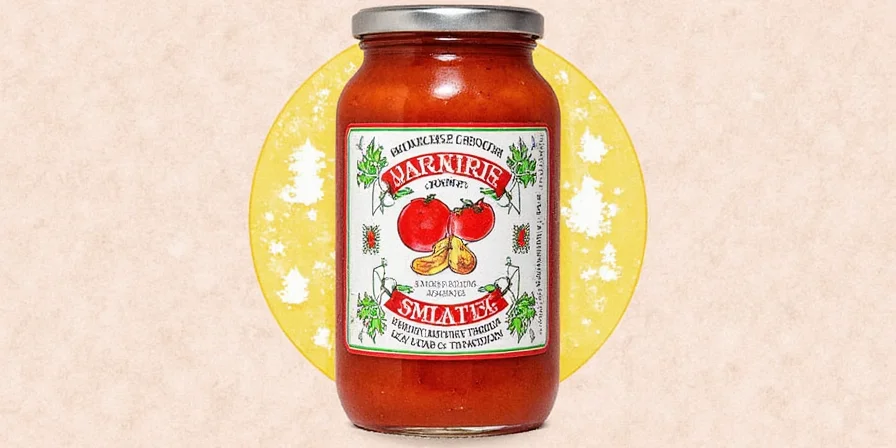
Marinara Around the World: A Global Spice Traditions Tour
As marinara sailed beyond Italy, it started collecting spices like a flavor passport. Here’s how different cultures have made it their own:
- Mexico: Chipotle-infused marinara for smoky tacos and quesadillas
- India: Tandoori-spiced marinara as a pizza base
- Korea: Gochujang-kissed marinara for fried chicken
- Middle East: Sumac and cumin-laced marinara served with flatbreads
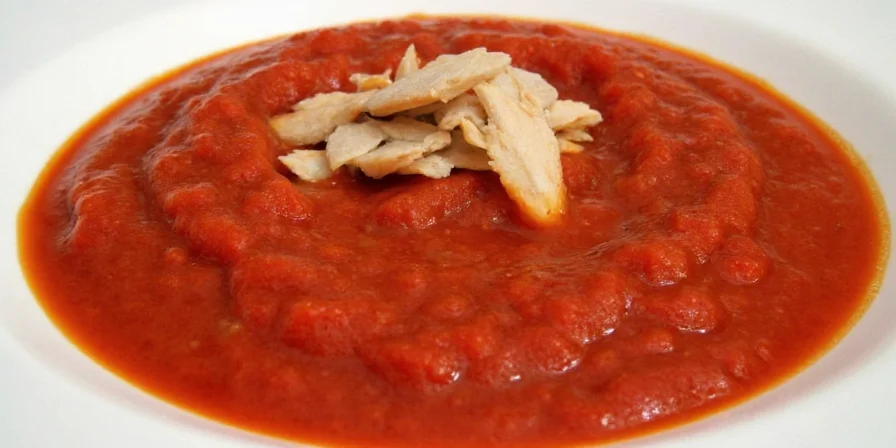
Pro Tips for Perfecting Your Marinara Magic
Want your marinara to sing instead of just sputter? Try these tricks:
- Add sugar… or don’t: While a pinch can balance acidity, try honey or even maple syrup for a more complex sweetness.
- Acid balance: Splash of balsamic vinegar or lemon juice wakes up the flavors.
- Spice timing: Crushed red pepper early for subtle heat; add at the end for fiery punch.
- Fat = flavor: Finish with a swirl of butter or Parmesan rind for a creamy texture.
- Cool tip: Freeze leftover sauce in ice cube trays for easy portioning later.
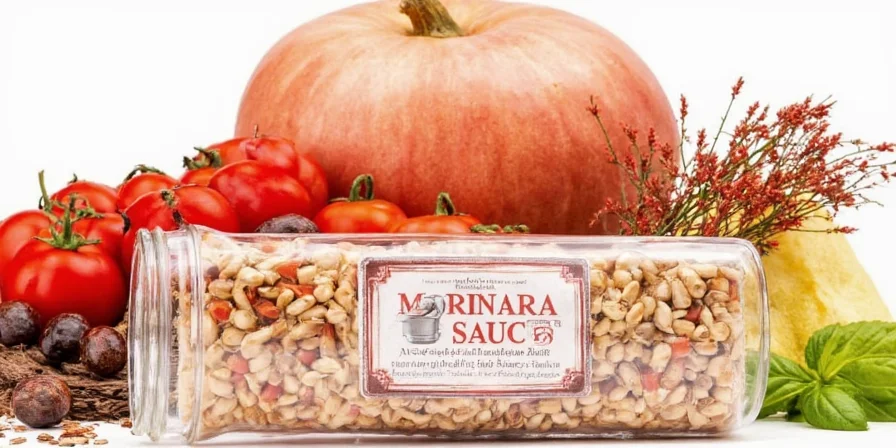
Pairing Perfection: What Goes Well with Marinara?
Marinara is a team player. Here are some surprising duos that work wonders:
- Pizza: Classic Margherita or loaded vegan style
- Seafood: Dipped calamari or shrimp skewers
- Eggs: Shakshuka! Marinara becomes the base for poached eggs and spices.
- Desserts: Believe it or not — chocolate-dipped strawberries drizzled with spicy marinara reduction? Game-changer.
Marinara Myths Busted!
Let’s clear up some confusion floating around kitchens everywhere:
- Myth: Marinara is the same as spaghetti sauce.
Fact: Marinara is lighter, quicker, and often chunkier than traditional spaghetti sauces, which tend to be thicker and longer-cooked. - Myth: You need fresh tomatoes for good marinara.
Fact: High-quality canned San Marzanos can actually give better flavor consistency year-round. - Myth: Garlic must be cooked.
Fact: Raw garlic adds sharp bite and pungency — great for finishing or using in dipping sauces.
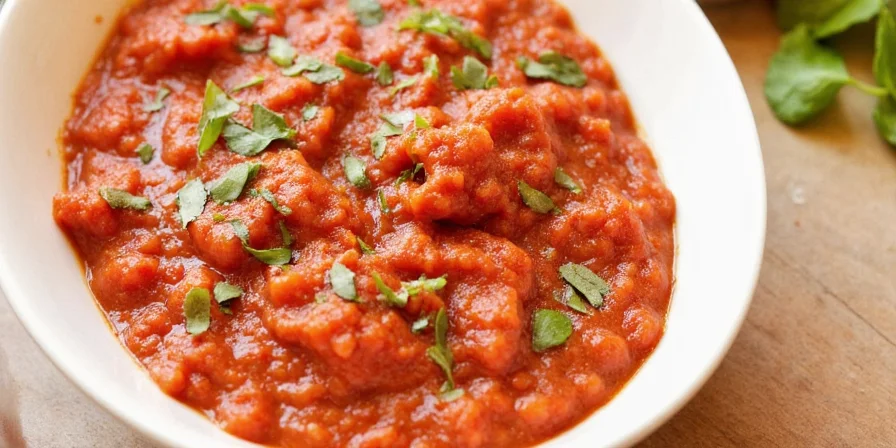
Conclusion: The Spicy Legacy of Marinara
Marinara is more than just a condiment — it’s a cultural chameleon, adapting and adopting flavors wherever it lands. Whether you stick to the classic trio of tomato, garlic, and oil or go wild with global spices, one thing remains true: marinara is a canvas waiting for your creativity.
So next time you open a jar or fire up a pot, remember — you’re holding centuries of spice tradition in your hands. Now go make it yours.
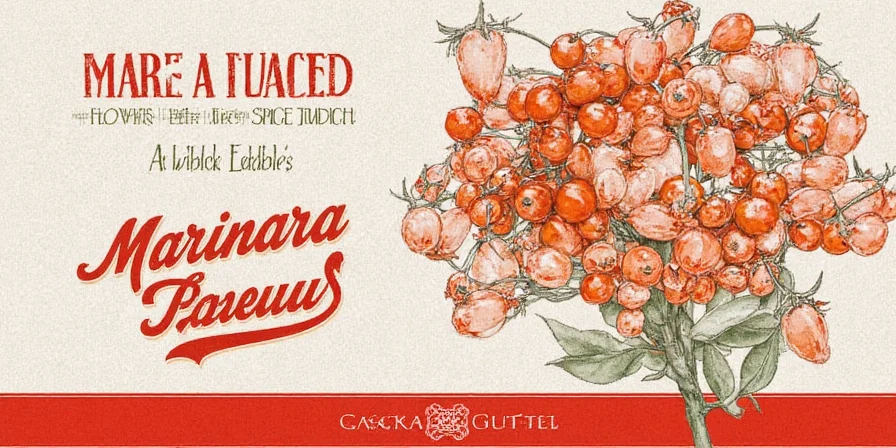
Quick Recap: Marinara Must-Knows
- History: Born from maritime needs, now globally beloved
- Essential Ingredients: Tomatoes, garlic, oil, salt, optional spice
- Global Twists: Smoked, fermented, or infused — experiment boldly
- Cooking Tips: Balance sweetness and spice, finish with fat, freeze smartly
- Pairings: From seafood to desserts, think outside the pasta bowl

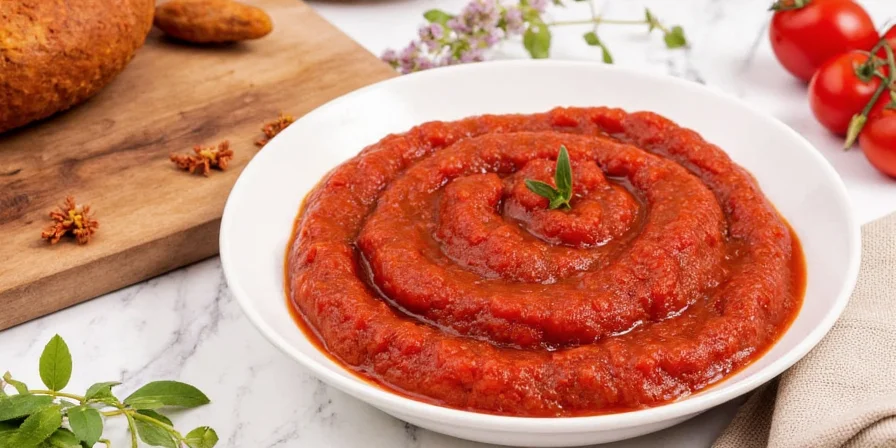









 浙公网安备
33010002000092号
浙公网安备
33010002000092号 浙B2-20120091-4
浙B2-20120091-4